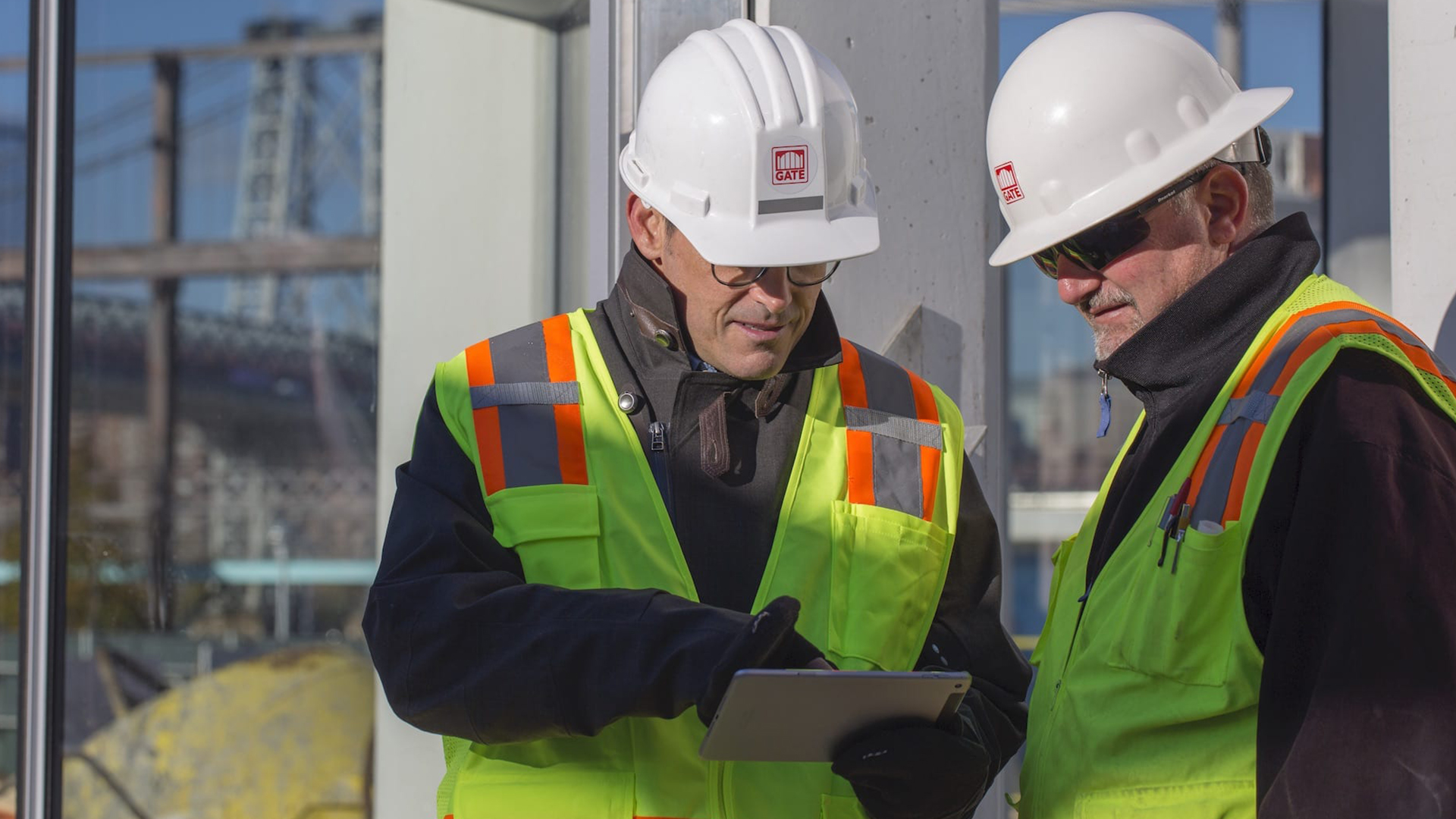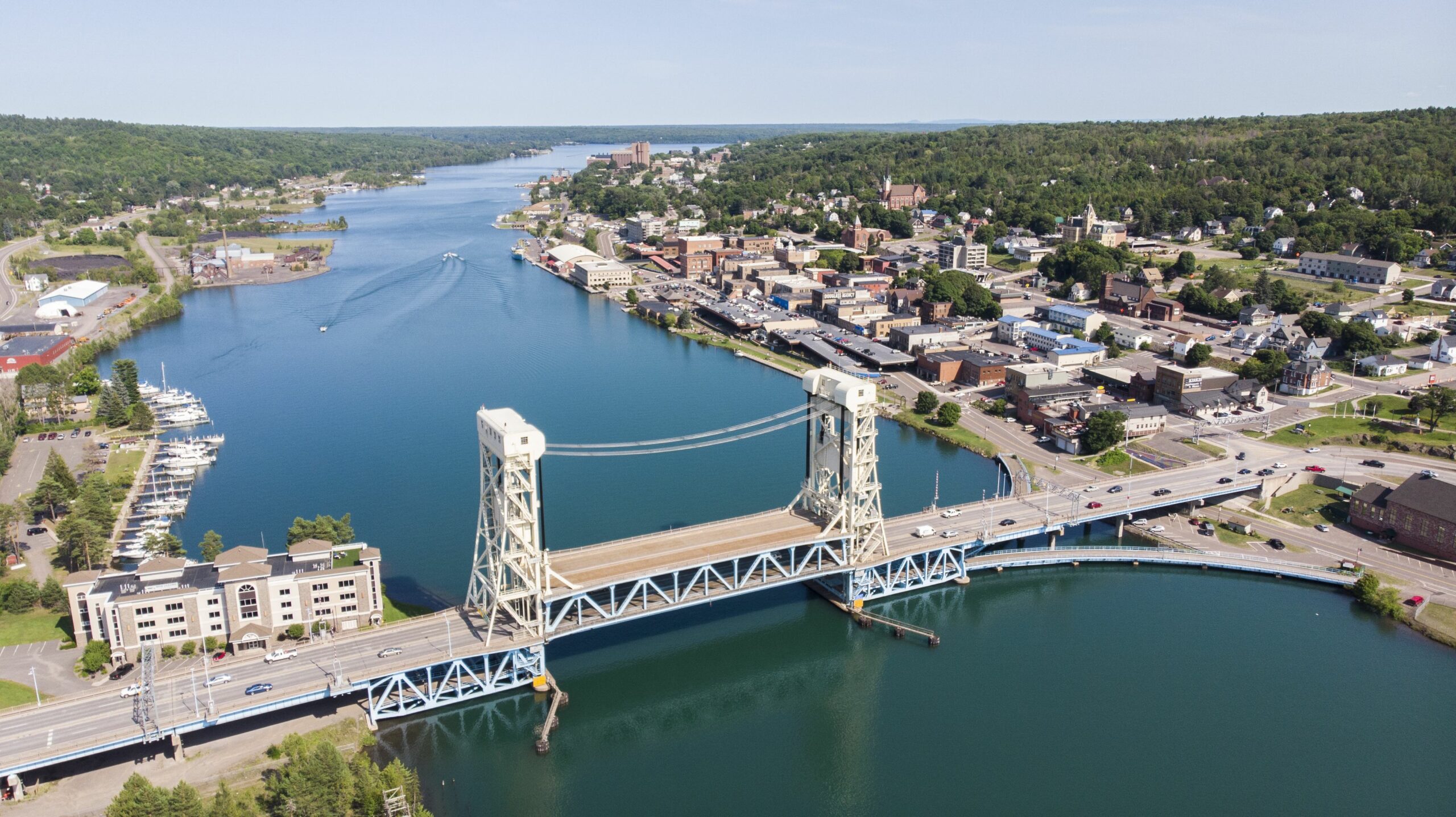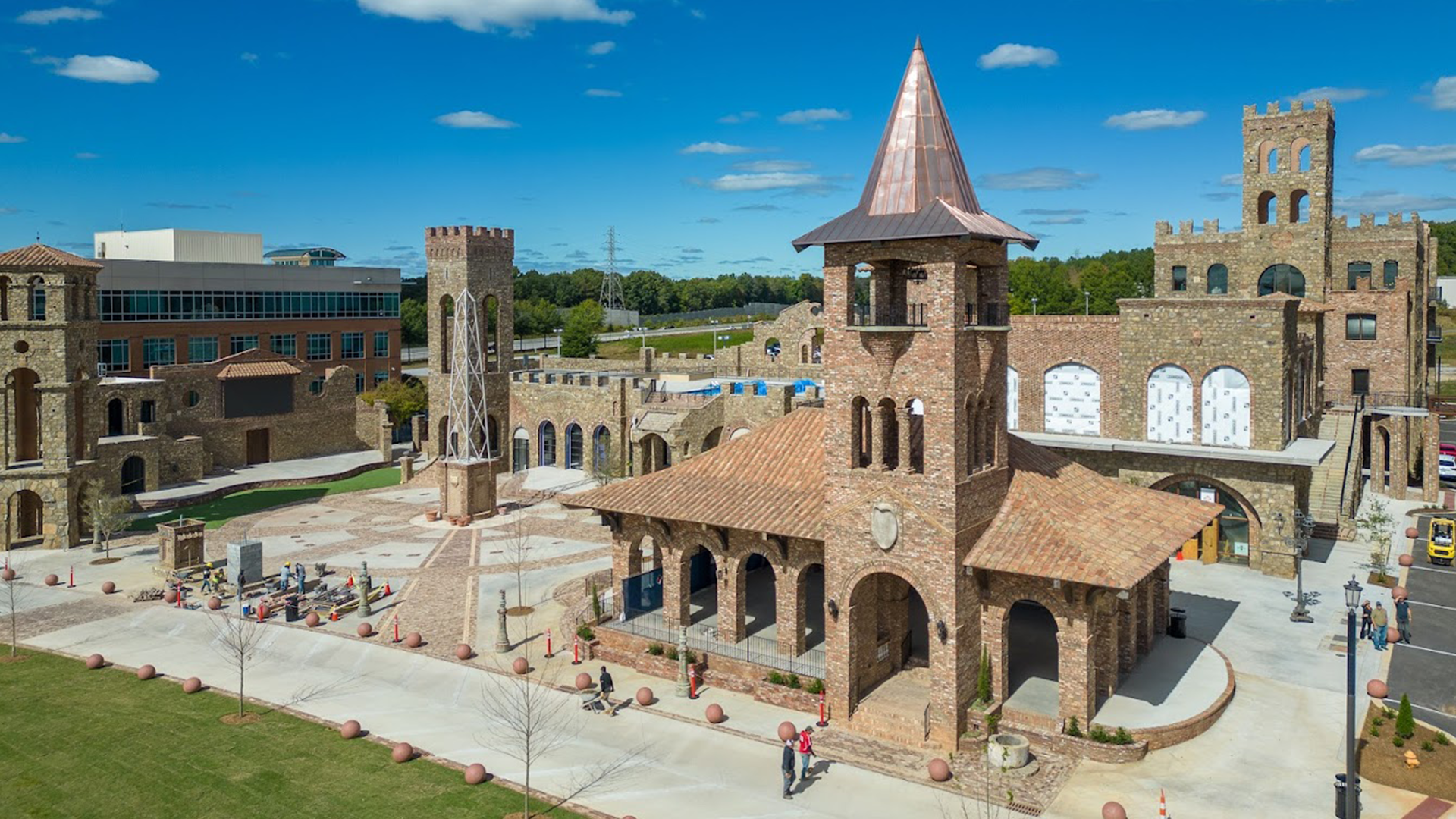Managing a construction project, whether it’s a large-scale commercial build or a small residential project, requires juggling many moving pieces. Timelines, budgets, safety regulations, and communication—keeping track of it all can quickly become overwhelming. So, when your tools are outdated, fail to integrate properly, or just don’t work as they should, things can quickly spiral out of control. This is where legacy software becomes a major issue.
Once revolutionary in its time, legacy systems are now a significant burden for construction teams. While these outdated tools may have been effective years ago, they simply aren’t built to handle the complexity and demands of today’s fast-paced construction industry. If you’re struggling with the limitations of legacy software, it might be time to make the switch to something more modern. Here are five reasons why upgrading could save you a lot of stress—and make your job a whole lot easier.
1. Seamless Integration with Modern Tools
In today’s world, everything is interconnected. Legacy systems, however, often struggle to integrate with modern project management, accounting, and communication tools. This lack of integration forces construction teams to manually transfer data from one system to another, increasing the risk of errors and wasting precious time.
The Pain: Spending extra time transferring data manually or dealing with software that doesn’t work well with other tools can lead to inefficiencies and mistakes.
How Software Helps: Upgrading to a modern system ensures that all of your tools work together seamlessly. This reduces manual work, minimizes errors, and allows for smoother project management from start to finish.
2. Enhanced Security for Your Data
Older software was never designed to handle the cybersecurity risks that we face today. With data breaches becoming more common, legacy systems are often vulnerable to new security threats. These outdated tools might not have the necessary updates, leaving your sensitive information exposed to potential risks.
The Pain: Handling sensitive data through outdated systems leaves your company open to security breaches, legal issues, and possible financial loss.
How Software Helps: Modern software is designed with up-to-date security features, helping to protect your company’s sensitive data. Upgrading to a more secure system reduces the risk of breaches and ensures that your data is safe from malicious threats.
3. Improved User Experience and Team Adoption
Let’s face it—many legacy systems are clunky, hard to navigate, and downright frustrating to use. These systems were built for another time, and their outdated interfaces often lead to low user adoption. When employees are frustrated with the software, productivity suffers.
The Pain: When your team struggles to navigate outdated systems, they spend more time trying to make things work rather than focusing on the actual work at hand.
How Software Helps: Modern software is designed with user-friendly interfaces and intuitive features that make it easy for your team to learn and use. By upgrading, you boost productivity and improve your team’s overall satisfaction with the tools they rely on daily.
4. Scalability for Growing Projects
As your construction projects grow in size and complexity, your legacy software can become a bottleneck. These older systems are often not built to handle large volumes of data or complex workflows, which can lead to delays, mistakes, and missed opportunities.
The Pain: When your tools can’t keep up with your project’s growth, you’re forced to find workarounds, which can lead to inefficiencies, delays, and poor project outcomes.
How Software Helps: Modern construction software is designed to scale with your business. Whether you’re managing a small residential build or a massive commercial project, upgrading to newer software ensures your tools can handle the growing demands of your business, keeping things running smoothly.
5. Adaptability to Changing Industry Needs
The construction industry is constantly evolving. From new regulations to advancements in technology, staying competitive means adapting quickly. Legacy systems often can’t keep up with the pace of change, leaving teams scrambling to stay ahead.
The Pain: Relying on outdated systems makes it difficult to respond quickly to changes in regulations, technologies, or project requirements. This can cause delays and hinder your ability to stay competitive.
How Software Helps: Modern software is built to adapt to changes in the industry. Whether it’s keeping up with new compliance regulations, incorporating emerging technologies, or handling new project demands, upgrading your software ensures you’re always ready to respond to changes.
Conclusion: Don’t Let Legacy Software Hold You Back
Legacy software may have served you well in the past, but in today’s fast-moving construction world, it’s holding you back. Upgrading to modern, integrated software can streamline your operations, enhance security, improve user experience, and help you scale with your growing projects. The transition may require some effort, but the benefits far outweigh the headaches of dealing with outdated systems.
Ready to make the switch? We can help you bridge the gap between your old system and a more modern solution. Contact us today to learn how we can help you streamline your processes and set your team up for success.





